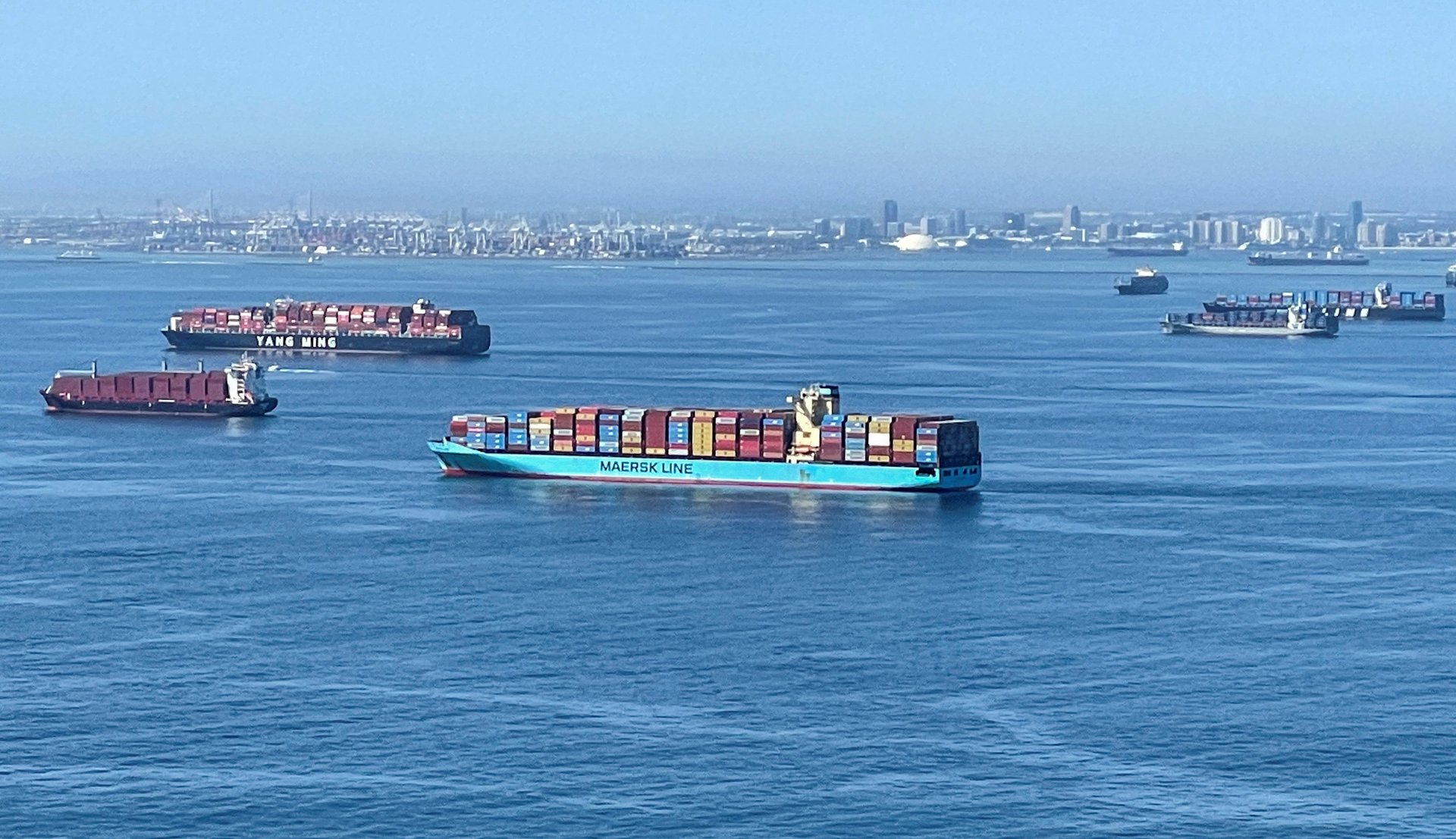Why economists are talking about stagflation
Rising energy prices and supply-chain gridlock have resurrected conversations about stagflation—a period when sputtering economic growth and joblessness coincide with rising inflation.


Rising energy prices and supply-chain gridlock have resurrected conversations about stagflation—a period when sputtering economic growth and joblessness coincide with rising inflation.
Google searches for the term “stagflation” have spiked amid signs of a global energy crunch: Oil touched $80 a barrel last week, the highest price in three years, as natural gas set records in Europe and an energy crisis in China threatens to puncture growth. Bottlenecks in supply chains, meanwhile, are pushing up prices as factory shutdowns rock the global economy. Financial markets are caught between between stagflation worries and hopes that gross domestic product will pick up speed, said Alberto Gallo, a portfolio manager at Algebris Investments.
What is stagflation?
Seema Shah, chief strategist at Principal Global Investors, told the Financial Times that rising inflation will last longer than expected, “a modern-day stagflation” that impacts consumer spending. Laura Rosner-Warburton, an economist at the research firm MacroPolicy Perspectives, said wages are rising, but often not fast enough to keep up with price increases, according to the New York Times. Athanasios Vamvakidis, Bank of America’s global head of G10 FX strategy, said stagnation is taking root around the globe: “Energy-price increases were a wake-up call for markets, and the scenario that’s now more likely to develop is one in which we get higher inflation and weaker output,” he said.
As the global economy reopens, growth has picked up in the world’s big economies. The worry is that higher prices on everything from a gallon of gasoline to an hour of labor could slow that recovery. Those price increases, in turn, could force central banks to raise borrowing costs at a faster clip to rein in inflation, placing even more drag on GDP expansion at a time when indexes of business confidence in the US and China signal momentum could be flagging.
Stagflation in the 1970s
Few are calling for 1970s-style stagflation, when the US endured 9% unemployment, a contracting economy, and double-digit inflation. (By contrast, US unemployment is at about 5% and declining, GDP is expanding, and core consumer prices rose around 4% in August from a year earlier.) “Stagflation is as an old ghost rising from the past, born out of the fears of an older generation and the interest of a new one that has adopted crypto currencies for a fair lady,” said Sebastien Galy, senior macro strategist at Nordea Asset Management. Crypto enthusiasts have long been wary of central bankers’ capacity to stoke inflation (with little to show for it, after a more than a decade of muted price increases in the US and Europe).
Policy makers at the Federal Reserve and European Central Bank have spent years trying to induce more inflation, which means they may have scope to let price increases run hot for a while. Even so, they’ve acknowledged that prices are increasing faster than they expected. The Fed and the Bank of England have indicated that they could move up their schedule for increasing interest rates. European Central Bank president Christine Lagarde, while calling for patience, recently noted the increased risk of price increases, as inflation in the euro zone hit a thirteen-year high.
Rising prices
A key question is whether the jump in prices is fleeting—a catch-up in inflation from shutdowns during the pandemic that was revved up with stimulus from central banks and public spending, or something that will be stickier. It also remains to be seen whether snarled supply chains will be untangled over time, or whether some extra friction will be a permanent part of the post-pandemic economy as critical supply links are brought back onshore. Yale University economist Stephen Roach pointed out last year that global supply chains may have boosted growth and tempered inflation in earlier decades—a phenomenon that appears to have stalled or even gone in reverse.
If so, much may depend on how long supply chains remain compromised, and monetary policy committees can do little about shortages of electronic parts and over-burdened ports. Executives, meanwhile, have been fielding questions about supply bottlenecks, as those concerns become a regular fixture during earnings calls. “We’re not anticipating an improvement to the unprecedented global supply chain conditions,” Bed Bath & Beyond CFO Gustavo Arnal said last week in a call with analysts.